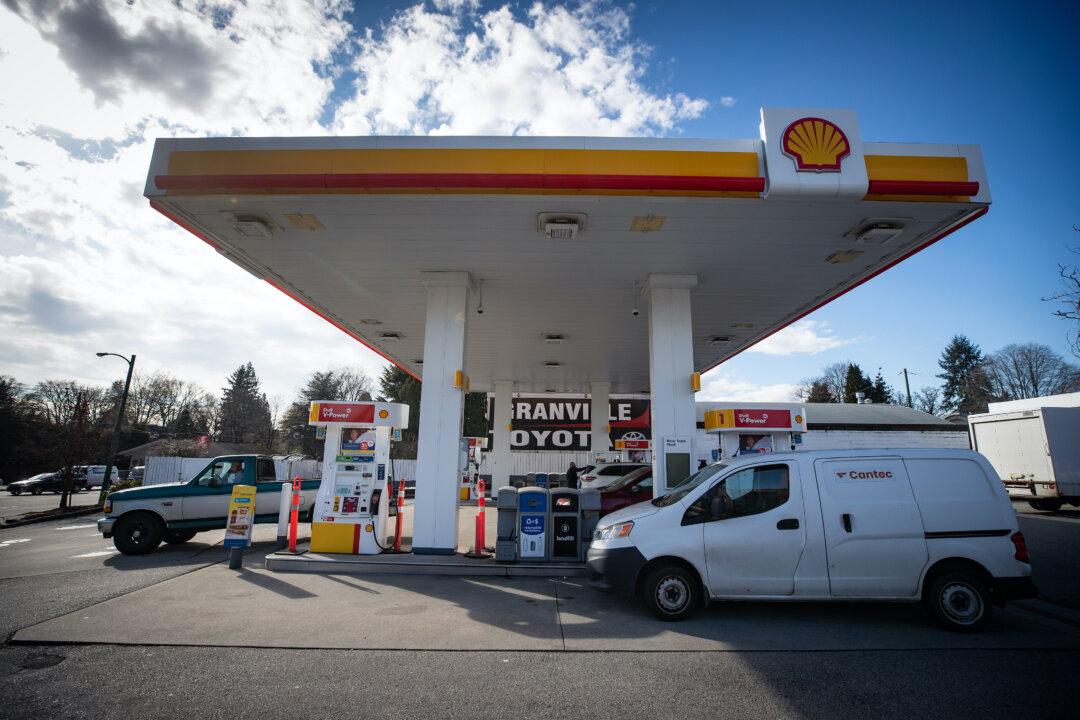Canadians can expect to see high gasoline prices continue this year, but analysts differ on whether the record-setting peak of $2.10-per-litre national average seen in mid-June 2022—as reported by GasBuddy—could happen again.
Gas prices won’t decrease anytime soon, and 2023 will be “expensive and a repeat of 2022,” says Dan McTeague, president of Canadians for Affordable Energy.





